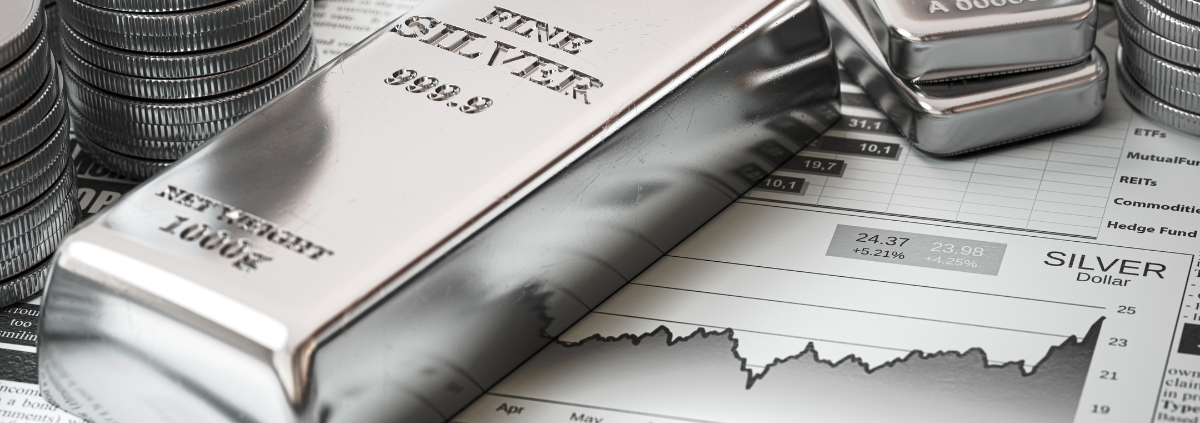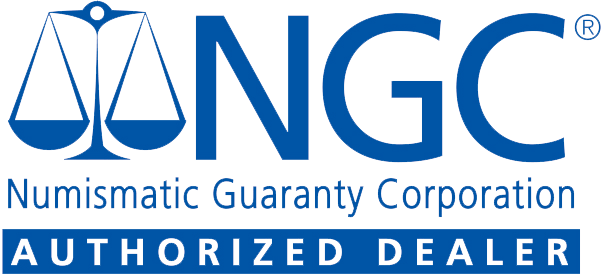What is a Silver Exchange?
What is a silver exchange? How does it work? And what benefits does it offer someone who wants to buy or sell silver?
We’ll answer all of these questions so that you can make informed decisions about your silver investment strategies. But first, you may be interested to know that silver has long been cherished for its value and utility, both as a precious metal and an industrial commodity.
Today, as interest in silver investments continues to grow, many people are turning to silver exchanges to buy and sell this versatile metal. Here’s why …
Understanding a Silver Exchange
A silver exchange is a marketplace where silver is traded in various forms. This includes bars, coins, and financial instruments like futures and options.
These exchanges facilitate transactions between buyers and sellers, offering a structured environment with transparent pricing and regulatory oversight.
Silver exchanges can be physical venues, online platforms, or a blend of both.
How a Silver Exchange Operates
As you’d imagine, physical silver exchanges and online platforms operate a little differently from each other.
- Physical Venues: Traditional exchanges like the COMEX (Commodity Exchange) in New York and the LBMA (London Bullion Market Association) are physical locations where traders meet to buy and sell silver. You’ll also find smaller, more personal silver exchanges — like California Gold & Silver Exchange — conveniently closer to home
- Online Platforms: Modern silver exchanges increasingly operate online, providing a convenient way for investors to trade silver from anywhere. These platforms often offer lower transaction costs and greater accessibility.
Here are some of the different types of silver transactions that you can make at a silver exchange:
- Spot Transactions: In spot transactions, silver is bought and sold for immediate delivery at the current market price, known as the spot price.
- Futures Contracts: These are agreements to buy or sell silver at a set price on a future date, used primarily for hedging or speculative purposes.
- Options Contracts: Options give the holder the right, but not the obligation, to buy or sell silver at a specified price before the contract expires.
- Exchange-Traded Funds (ETFs): Silver ETFs are investment funds that hold physical silver or silver-related assets, allowing investors to gain exposure to silver prices without owning the physical metal.
Silver prices on exchanges are determined by supply and demand dynamics. Prices are influenced by factors such as industrial demand, geopolitical events, and economic indicators.
Exchanges provide real-time price data and market information, ensuring transparency and helping investors make informed decisions.
Benefits of Using a Silver Exchange
Investors receive numerous benefits from using a silver exchange to buy and sell silver. Here are a few of them:
- Market Liquidity. Silver exchanges offer high liquidity, making it easy to buy and sell silver quickly at competitive prices. This liquidity is crucial for investors looking to enter or exit positions efficiently.
- Regulated Environment. Reputable silver exchanges operate under stringent regulatory frameworks, ensuring fair trading practices and protecting investors from fraud and market manipulation.
- Price Transparency. Access to real-time pricing and market data allows investors to track market trends and make well-informed trading decisions.
- Diverse Investment Options. Silver exchanges provide access to a wide range of investment products, from physical silver bars and coins to financial instruments like futures and ETFs.
- Accessibility and Convenience. Online silver exchanges make it easy for investors to participate in the silver market from the comfort of their homes, offering 24/7 trading opportunities. While you can get convenience and personal attention at easily accessible local silver exchanges.
Getting Started with a Silver Exchange
Now that you know what a silver exchange is, here are the next steps to using a silver exchange to invest in silver:
- Research and Selection. Start by researching different silver exchanges to find one that meets your needs. Consider factors such as reputation, fees, product offerings, and customer reviews.
- Account Setup. Open an account with your chosen exchange. This process typically involves providing personal information and verifying your identity.
- Funding Your Account. Deposit funds into your account using your preferred payment method. Most exchanges accept bank transfers, credit cards, and other electronic payment options.
- Begin Trading. You can start buying and selling silver once you have funds in your account. Use the exchange’s tools and resources to monitor market conditions and execute trades based on your investment strategy.
A silver exchange is a vital platform for anyone looking to invest in silver. It provides a regulated, transparent, and liquid market for trading silver in various forms.
Whether you are a seasoned investor or just starting, understanding how a silver exchange works can help you make informed investment decisions and effectively manage your silver portfolio.
At California Gold & Silver Exchange, we are here to help you navigate the complexities of investing in precious metals.
Contact us today to learn more about buying and selling silver, including current market prices and investment strategies. Visit our store or schedule an appointment for a personalized consultation. Your journey to building and preserving wealth with silver starts with the right knowledge and support.
Call (909) 985-4653 for current pricing or to schedule an appointment for a personalized consultation. Or click here for our address and hours.










